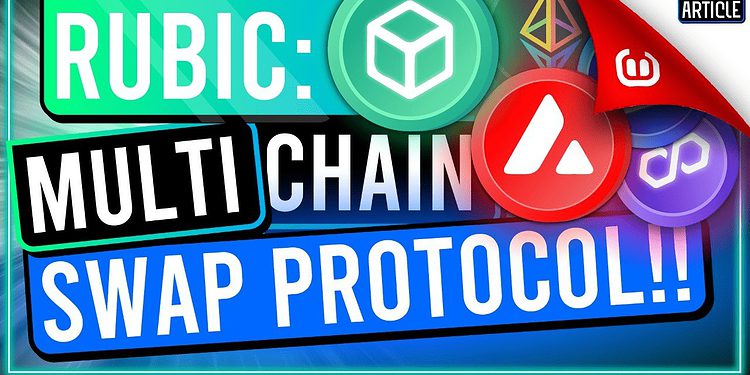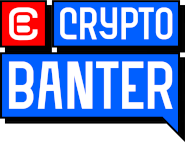Blockchain ecosystems have been divided for a long time. There are 10 blockchains today that store over $10 billion in assets each, but there is no interaction between them.
Today, bridge services have become quite popular in the realm of blockchains, but there is still no scalable, decentralized and widely-integrated protocol that moves value and data between blockchains without relying on trusted third parties. Instead, users mostly rely on centralized intermediaries, like exchanges and custodians, to transfer value between blockchains; exposing users to custodial risks as well as censorship risks.
Apart from crypto-native companies, TradFi players are also intervening in the market, aiming to tackle the two-fold scalability/interoperability problem. For example, recently, Mastercard partnered with ConsenSys to build another Ethereum scaling protocol.
Ultimately, it seems that there won’t be just a single winner in the blockchain ecosystem race. Rather, there will be 4–5 main networks competing for the top general-purpose network position (Avalanche, Ethereum, Polygon, Solana and several runners-up) along with a myriad of specialized blockchain networks designed for specific needs.
Luckily, there are a number of teams that are acutely aware of this opportunity; and projects like Rainbow Bridge and Wormhole have been built as bridge solutions.
There are four types of bridges, each with its own benefits and drawbacks.
However, some projects are more than just blockchain bridges. These projects are going to be multi-chain protocols. 1inch, Aave, Rubic, SushiSwap, Uniswap — all are trying to deploy their protocol on as many chains as possible. By now, it’s abundantly clear that a multi-chain world isn’t just the future — it’s the present.
Rubic’s multi-chain swap protocol
One of the most outstanding solutions of the coming multi-chain future is Rubic. It’s a multichain, decentralized finance (DeFi) ecosystem that features multi-chain swaps, on-chain swaps, and much more.
Ultimately, Rubic is like the Amazon of crypto. Rubic’s aim is to deliver a complete, one-stop decentralized trading protocol. The Rubic ecosystem is a place where users can complete multi-chain swaps utilizing different solutions, where users will get the best rates from all the leading swap protocols (thanks to a decentralized exchange aggregator implementation), as well as their unique Multi-Chain feature, which gives the opportunity to swap all supported tokens in one click!
Rubic allows users to swap more than 15,000 assets between major blockchains: Ethereum, Polygon, BSC, Avalanche, Moonriver, Fantom, Harmony, Solana, Arbitrum, Aurora and NEAR; in one place, with a simple and intuitive UI. For example, you can easily swap BNB to QUICK or LINK to SOL. Moreover, Rubic has turned off protocol fees for multi-chain swaps, which are completed directly at its app.
On March 1st, Rubic launched its second round of staking. Here are the main points of RBC Staking:
- The predicted APR is 30.00% with full occupancy;
- Flexible unstaking: Users will be able to join/leave our staking campaign at any moment, and rewards will be distributed accordingly;
- The duration of the staking period is 6 months;
- Rewards will be distributed in BRBC tokens on a daily basis;
- The Staking contract will be deployed on the BNB chain;
- The Total Staking Pool will be 7,000,000 BRBC;
- If you have participated in the first round of Rubic staking, you will have had an additional, special allocation of 1,000 – 5,000 BRBC.
Right now, blockchain bridge solutions are surging, so it is essential to follow protocols like Rubic. They’re developing their infrastructure, expanding their network, connecting all major blockchains, and giving exceptional opportunities to their users.
Banter’s take
The rise of DeFi is still full steam ahead with advancements in Ethereum-challengers: Avalanche, Polygon, BNB Chain, and Solana. That’s why the question of blockchain bridges became crucial. The crypto market is craving a scalable, decentralized, widely integrated protocol that moves value and data between blockchains – without relying on any third parties. So, we can see a clear tailwind for current multi-chain solutions like Rubic, allowing users to easily swap their assets between 11 major blockchains.








